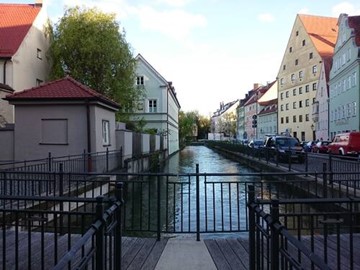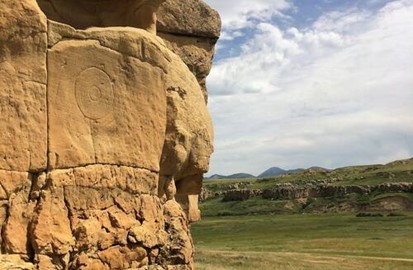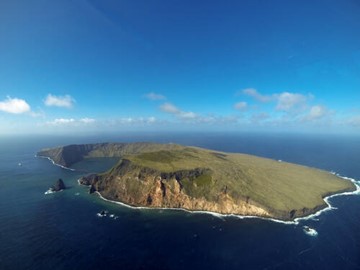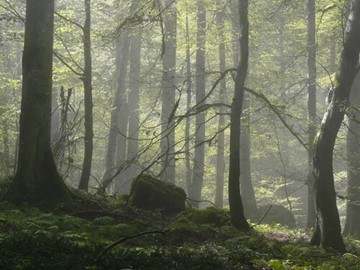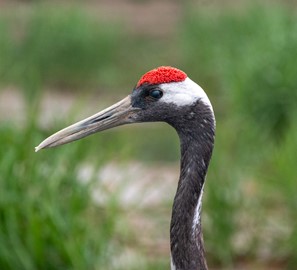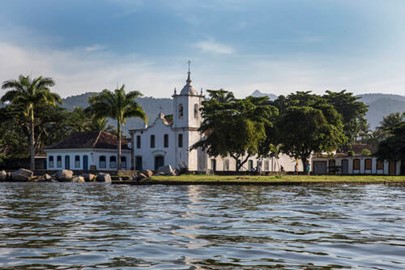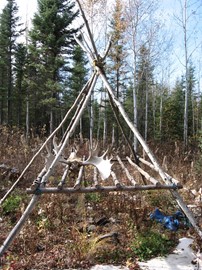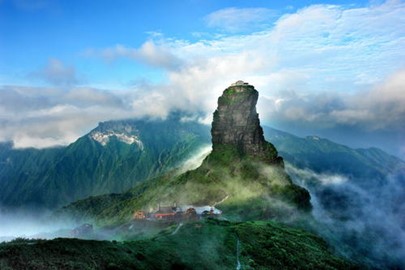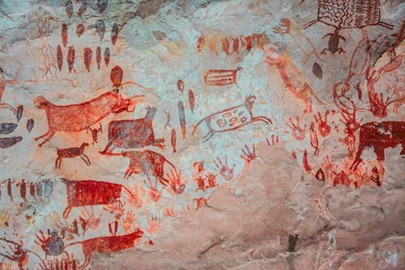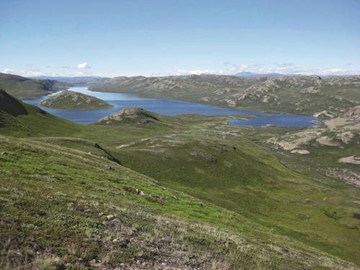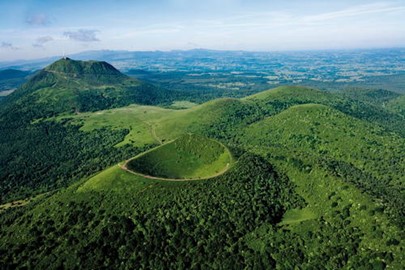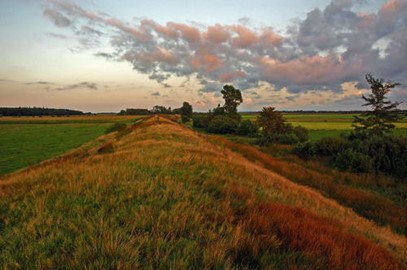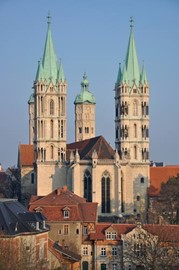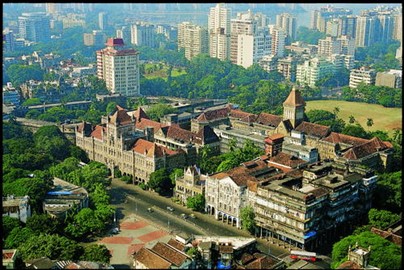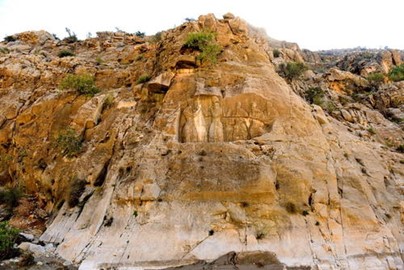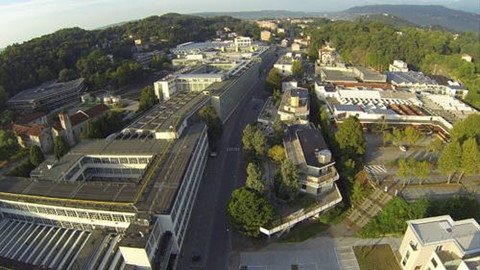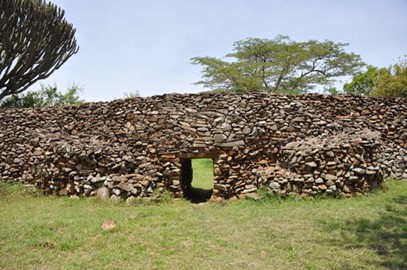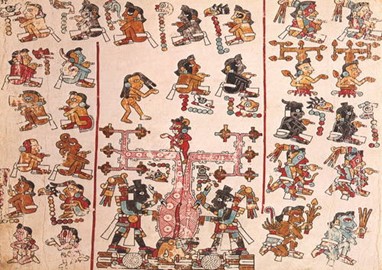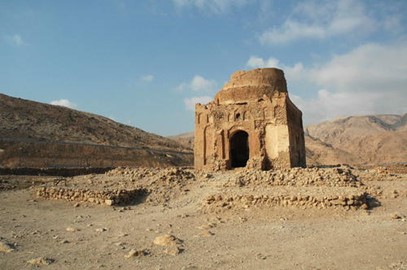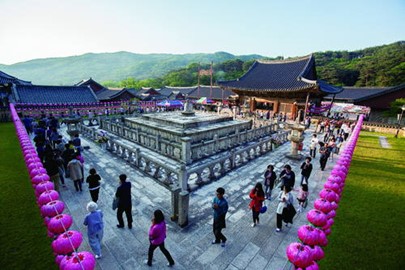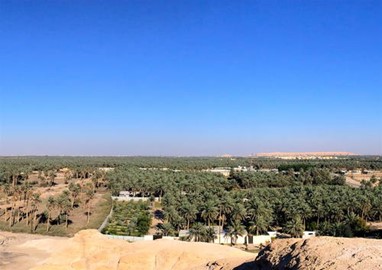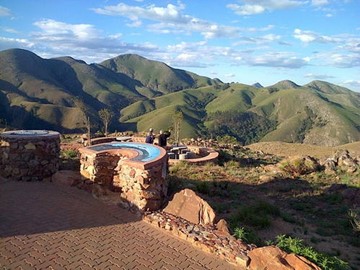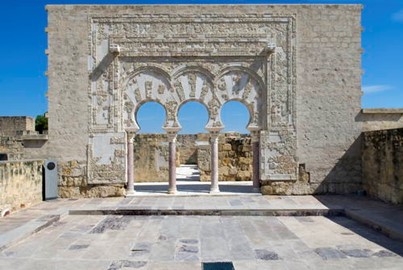search
Water Management System of Augsburg
The Water Management System of Augsburg, a UNESCO World Heritage site in Germany, recognized in 2019, is a historic network of canals, water towers, and pumps developed from the 14th to 19th centuries in Augsburg. Pioneering hydraulic engineering, it powered industries, supplied drinking water, and featured innovations like Europe’s oldest waterworks, reflecting medieval to industrial ingenuity. This system showcases Germany’s technical heritage, blending functionality with urban integration in a lasting te... Read More
Writing on Stone / Áísínai’pi
Writing-on-Stone / Áísínai’pi, a UNESCO World Heritage site in Canada, recognized in 2019, is a sacred landscape in Alberta with thousands of Indigenous rock carvings and paintings dating back over 2,000 years. Created by the Blackfoot people, its petroglyphs and pictographs on sandstone hoodoos depict spiritual visions and historical events, set in a striking prairie river valley. This site reflects Canada’s deep Indigenous heritage, blending art, culture, and nature in a powerful testament to ancestral tr... Read More
French Austral Lands and Seas
French Austral Lands and Seas, a UNESCO World Heritage site in the Antarctic region, recognized in 2019, is a sub-Antarctic expanse under French stewardship, featuring volcanic islands and surrounding seas. Teeming with penguins, seals, and rare seabirds, its pristine ecosystems highlight exceptional biodiversity and untouched natural beauty. This remote sanctuary reflects a commitment to conservation, offering a vital refuge for wildlife and a glimpse into the wild, southern polar frontier.
Hyrcanian Forests
The Hyrcanian Forests, a UNESCO World Heritage site in Iran, recognized in 2019, are ancient woodlands along the Caspian Sea, dating back 25-50 million years to the Tertiary period. These lush, temperate forests harbor rare species like the Persian leopard and relict trees, thriving in a unique microclimate of steep slopes and misty valleys. This pristine ecosystem reflects Iran’s natural heritage, offering a living remnant of Earth’s prehistoric landscapes and a vital biodiversity hotspot.
Migratory Bird Sanctuaries
The Migratory Bird Sanctuaries, a UNESCO World Heritage site in China, recognized in 2019, are critical coastal wetlands along the Yellow Sea, protecting key stopovers for millions of migratory birds on the East Asian-Australasian Flyway. Featuring tidal flats and marshes, they shelter endangered species like the spoon-billed sandpiper amid a biodiverse ecosystem shaped by sediment flows. This network reflects China’s ecological significance, safeguarding a global avian migration route and a fragile natural... Read More
Vatnajokull
Vatnajökull, a UNESCO World Heritage site in Iceland, recognized in 2019, is a vast national park centered on Europe’s largest ice cap, blending glaciers, volcanic peaks, and geothermal wonders. Its dynamic landscape, shaped by ice and fire, features active volcanoes, ice caves, and glacial rivers, hosting unique subglacial ecosystems. This pristine wilderness reflects Iceland’s geological drama, offering a striking showcase of natural forces and a critical site for studying climate change.
Paraty and Ilha Grande
Paraty and Ilha Grande, a UNESCO World Heritage site in Brazil, recognized in 2019, blend a colonial coastal town with a biodiverse island off Rio de Janeiro’s coast, reflecting 17th-century Portuguese heritage and lush Atlantic rainforest. Paraty’s cobblestone streets and historic buildings pair with Ilha Grande’s pristine beaches and rare species like the brown howler monkey, showcasing a harmonious cultural and natural legacy. This site highlights Brazil’s colonial past and ecological richness, preserved... Read More
Pimachiowin Aki
Pimachiowin Aki, ('The Land That Gives Life') a UNESCO World Heritage site in Canada, is a vast boreal forest landscape shaped by Indigenous stewardship, notably the Anishinaabe people. Spanning pristine rivers, wetlands, and woodlands, it reflects a living cultural tradition tied to sustainable land use and spiritual beliefs. Recognized for its cultural and natural significance, it stands as a rare blend of human and ecological heritage.
Fanjingshan
Fanjingshan, a UNESCO World Heritage site in China, is a sacred Buddhist mountain famed for its dramatic peaks, ancient temples, and pristine forests. Rising sharply from the landscape, it hosts rare species like the Fanjingshan fir and Guizhou snub-nosed monkey. This natural and spiritual haven blends biodiversity with centuries of cultural reverence.
Chiribiquete
Chiribiquete, a UNESCO World Heritage site in Colombia, is a sacred expanse of tropical rainforest and table-top mountains known for its stunning biodiversity and ancient rock art. Home to unique ecosystems and endemic species, it preserves over 20,000 prehistoric pictographs that offer insights into ancient cultural and spiritual traditions, making it a site of exceptional natural and cultural significance.
Aasivissuit – Nipisat
Aasivissuit – Nipisat, a UNESCO World Heritage site in Denmark, is an Arctic hunting ground tracing 4,000 years of Inuit heritage. Spanning tundra and coastal landscapes, it features ancient campsites, stone tools, and caribou migration routes, reflecting a nomadic way of life. This site offers a profound look at human survival and cultural continuity.
Chaîne des Puys
Chaîne des Puys, a UNESCO World Heritage site in France, is a stunning volcanic landscape of over 80 dormant cones, craters, and lava domes. Formed over millennia, its diverse geology offers a natural laboratory for studying volcanic processes. The area features rolling green hills and dramatic peaks, showcasing nature’s raw beauty. Rich in biodiversity, it supports unique flora and fauna adapted to volcanic soil. This site blends scientific value with breathtaking scenery, drawing geologists and visitors a... Read More
Hedeby and the Danevirke
Hedeby and the Danevirke, a UNESCO World Heritage site in Germany, represent a significant archaeological complex from the Viking Age. Hedeby was a thriving trading settlement in the 8th to 11th centuries, showcasing advanced urban planning and international commerce, while the Danevirke, a massive earthen fortification, served as a defensive wall built by the Danes to protect their southern border. Together, they highlight the cultural, economic, and military prowess of the Norse people during this period.... Read More
Naumburg Cathedral
Naumburg Cathedral, a UNESCO World Heritage site in Germany, is a stunning example of medieval architecture, renowned for its Romanesque and Gothic styles. Constructed primarily in the 13th century, it houses the famous Naumburg Master sculptures, including the expressive donor figures of Uta and Ekkehard. The cathedral’s intricate west choir screen and vibrant stained glass windows highlight its historical and artistic significance. It stands as a testament to the craftsmanship and religious devotion of th... Read More
Victorian Gothic and Art Deco Ensembles of Mumbai
The Victorian Gothic and Art Deco Ensembles of Mumbai, a UNESCO World Heritage site in India, showcase a remarkable blend of architectural styles from the 19th and early 20th centuries. The Victorian Gothic buildings, characterized by intricate detailing, pointed arches, and ribbed vaults, reflect British colonial influences, while the Art Deco structures feature bold geometric shapes, vibrant colors, and modern aesthetics inspired by global trends. This unique fusion of designs highlights the city’s histor... Read More
Sassanid
The Sassanid Archaeological Landscape, a UNESCO World Heritage site in Iran, preserves an exceptional collection of monumental structures from the Sassanid Empire (3rd–7th centuries CE). This site features ancient palaces, fortifications, and rock reliefs that highlight the empire’s architectural prowess and artistic heritage. It exemplifies the Sassanid influence on urban planning and engineering in a strategic historical context.
Ivrea
Ivrea, a UNESCO World Heritage Site in Italy, represents an innovative industrial model that merged modern architecture with forward-thinking urban planning in the 20th century. It showcases a unique blend of technological advancements and social vision, reflecting the evolution of industrial cities.
Hidden Christian Sites in the Nagasaki Region
The Hidden Christian Sites in the Nagasaki Region, a UNESCO World Heritage site in Japan, represent a unique testament to the resilience of Christian communities that secretly practiced their faith during centuries of persecution. This collection of villages, churches, and archaeological remains illustrates the adaptation of Christianity to Japanese culture under strict bans from the 17th to 19th centuries. Recognized for its historical and cultural value, it highlights a remarkable chapter of religious end... Read More
Thimlich Ohinga
Thimlich Ohinga, a UNESCO World Heritage site in Kenya, is an impressive archaeological site featuring dry-stone walled enclosures built around the 16th century. This well-preserved settlement highlights the ingenuity of early pastoral communities, with its sturdy, mortarless stone structures designed for security and communal living. Recognized for its historical and cultural value, it offers insight into ancient architectural traditions and social organization.
Tehuacán Cuicatlán Valley
The Tehuacán-Cuicatlán Valley, a UNESCO World Heritage site in Mexico, is a biodiversity hotspot renowned for its unique ecological and cultural significance. This arid region features one of the richest concentrations of columnar cacti in the world and evidence of early human agriculture, including the domestication of crops like maize dating back over 5,000 years. Its fossil deposits, ancient water management systems, and archaeological sites highlight its importance as a cradle of Mesoamerican civilizati... Read More
Qalhat
Qalhat, a UNESCO World Heritage site in Oman, is an ancient port city that flourished between the 11th and 15th centuries as a key trading hub along the Arabian Sea. Once a thriving center for commerce and maritime activity, it was visited by famed explorers like Marco Polo and Ibn Battuta, who noted its prosperity and strategic importance. The site features well-preserved remnants of its past, including the Bibi Maryam Tomb, a striking testament to its historical significance. Today, Qalhat stands as a rem... Read More
Sansa, Buddhist Monasteries
Sansa, Buddhist Mountain Monasteries in Korea, is a UNESCO World Heritage site comprising seven temples established between the 7th and 9th centuries. These monasteries, known for their historical and cultural significance, reflect the development of Korean Buddhism and its integration with the natural landscape. They feature traditional architecture, including prayer halls and meditation spaces, and have served as active centers for Buddhist practice for centuries. This designation highlights their outstan... Read More
Al Ahsa Oasis
Al-Ahsa Oasis, a UNESCO World Heritage site in Saudi Arabia, is a remarkable cultural and natural landmark renowned for its historical significance and unique landscape. This sprawling oasis features over 2.5 million date palms, sustained by an intricate network of springs and ancient irrigation systems, showcasing traditional agricultural practices that date back centuries. The site also includes archaeological remains, historic settlements, and traditional architecture, reflecting its role as a vital hub ... Read More
Barberton Makhonjwa Mountains
The Barberton Makhonjwa Mountains, a UNESCO World Heritage site in South Africa, are renowned for their geological significance, featuring some of the oldest and best-preserved volcanic and sedimentary rocks on Earth, dating back 3.5 billion years. This site offers a unique window into the planet's early history, showcasing evidence of ancient microbial life and early tectonic processes. Its rugged terrain, adorned with greenstone belts, attracts scientists and visitors alike for its scientific value and na... Read More
Medina Azahara
Medina Azahara, a UNESCO World Heritage site in Spain, is a remarkably preserved 10th-century palace-city built by the Umayyad Caliph Abd al-Rahman III. Constructed as a symbol of power and grandeur, it features intricate architecture, including ornate stucco work, horseshoe arches, and expansive courtyards. Abandoned after less than a century, the site offers a unique glimpse into the sophistication of Islamic civilization in Al-Andalus. Today, it stands as a testament to the region’s rich historical and c... Read More
